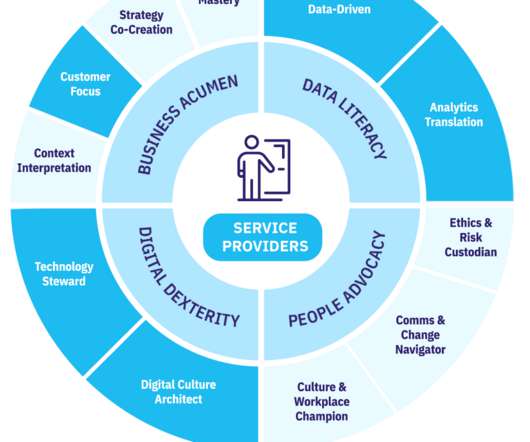What Is Human Resources?
Analytics in HR
JULY 31, 2023
As a department, it is responsible for managing HR activities from recruitment and onboarding, compensation and benefits, learning and development, performance management, and employee relations to separation or retirement. CHRO is usually part of the executive team in large organizations, reporting directly to the CEO.
















Let's personalize your content